Kolkata, often called the “City of Joy,” is home to many historic temples and spiritual centers, but none are as iconic as the Kalighat Kali Temple. Revered as one of the 51 Shakti Peethas, this temple holds immense importance in Hindu faith and Bengali culture. Dedicated to Goddess Kali, it attracts millions of devotees every year, who come seeking blessings, spiritual strength, and liberation from worldly struggles.
Kalighat is not just a temple; it is an experience of devotion, culture, and living traditions. From its ancient legends to its vibrant rituals, every corner of Kalighat resonates with divine energy.
Quick Facts About Kalighat Kali Temple
- Deity: Goddess Kali (Dakshina Kali form)
- Location: Kalighat, South Kolkata, West Bengal
- Status: One of the 51 Shakti Peethas
- Temple Style: Bengal-style (ath-chala design)
- Specialty: Unique rituals, including non-vegetarian bhog offerings
- Famous For: Daily darshan, Kali Puja, vibrant spiritual atmosphere
- Best Days to Visit: Tuesdays, Saturdays, and during Kali Puja
Historical Background of Kalighat
The history of Kalighat is deeply woven into the spiritual and cultural fabric of Bengal. Though the present temple structure was completed in the early 19th century, the site itself has been regarded as sacred for centuries.
According to belief, Kalighat is one of the Shakti Peethas, places where parts of Goddess Sati’s body fell when Lord Shiva carried her corpse across the cosmos. In Kalighat, it is said that Sati’s right toe fell, making it a spot of divine power.
Local records and oral traditions suggest that a small shrine existed here long before the current temple. Over time, wealthy patrons and local zamindars funded the construction of the larger temple that stands today. Since then, Kalighat has grown into one of the most important centers of Goddess worship in India.
Kalighat as a Shakti Peetha
The Shakti Peethas are sacred sites spread across the Indian subcontinent, each marking a place where parts of Devi Sati’s body fell. Kalighat is one of these, and its significance lies in the worship of Kali as the supreme mother goddess.
In Bengal’s cultural and religious landscape, Kali is not just a destroyer of evil but also a compassionate mother who protects her children. This dual nature of ferocity and maternal care is strongly felt in Kalighat, making it a unique pilgrimage site.
Architecture of Kalighat Kali Temple
Unlike towering north Indian temples, Kalighat follows the traditional Bengal architectural style:
- Ath-Chala Structure: The main temple has a distinctive curved roof with eight slopes.
- Sanctum (Garbha Griha): Houses the image of Goddess Kali, decorated with flowers, garlands, and offerings.
- Nat Mandir: A spacious hall in front of the sanctum where devotees gather for bhajans and rituals.
- Sacred Tank: A holy pond inside the complex, used for specific rituals.
- Smaller Shrines: Dedicated to other deities, enriching the temple’s spiritual atmosphere.
The temple’s architecture is simple yet powerful, designed to focus attention on the goddess rather than ornamental excess.
The Idol of Goddess Kali at Kalighat
The idol of Kali at Kalighat is unique and different from most depictions seen in other temples:
- The image shows three large eyes and a long tongue, symbolizing fierce energy.
- Unlike typical black idols, the face is often painted and decorated with gold and silver ornaments.
- The goddess is adorned daily with flowers, red hibiscus (her favorite), and jewelry offered by devotees.
The living presence of the goddess in this idol is what makes Kalighat an unforgettable spiritual experience.
Rituals and Worship at Kalighat
Kalighat’s daily and festival rituals are unlike many other temples:
Daily Worship
- Mangal Aarti (morning): Begins at dawn with lamps, chants, and offerings.
- Bhog Offering: Includes rice, sweets, fruits, and sometimes meat (a distinctive practice here).
- Evening Aarti: Performed with conch blowing, bells, and devotional songs.
Unique Practices
- Non-Vegetarian Bhog: One of the rare temples where the goddess is offered fish and meat in certain rituals, reflecting tantric traditions.
- Hibiscus Offering: Red hibiscus flowers are considered highly sacred to Kali and are offered in abundance.
Priestly Duties
The temple priests belong to traditional lineages that have served here for generations. They guide devotees in puja, mantras, and offering rituals.
Festivals Celebrated at Kalighat
1. Kali Puja
- Celebrated during Diwali (October-November).
- The temple is decorated with lights, flowers, and massive crowds gather.
- Considered the most powerful time to seek blessings from Goddess Kali.
2. Durga Puja / Navaratri
- Special pujas are conducted for nine days.
- Thousands of devotees visit the temple.
3. Snan Yatra & Rath Yatra
- Devotees perform holy dips and participate in processions.
4. Weekly Festivals
- Tuesdays and Saturdays are especially sacred to Kali devotees.
Visiting Kalighat Kali Temple — Practical Information
Timings
- Morning: Around 5:00 AM – 2:00 PM
- Evening: 5:00 PM – 10:30 PM
- (Closed in the afternoon for cleaning and bhog preparation.)
Dress Code
- No strict rules, but modest clothing is advised.
- Footwear must be removed before entering the inner sanctum.
Best Time to Visit
- Early morning for peaceful darshan.
- During Kali Puja for festive grandeur.
Offerings
- Flowers (especially hibiscus), sweets, fruits, and bhog.
- Special prasad counters provide blessed food.
How to Reach Kalighat
- By Metro: Nearest station is Kalighat on the Kolkata Metro (walking distance to the temple).
- By Road: Easily accessible via buses, taxis, and auto-rickshaws.
- By Air/Rail: From Netaji Subhash Chandra Bose Airport or Howrah Station, taxis and metro services are available.
Nearby Attractions
If you’re visiting Kalighat, you can also explore:
- Dakshineswar Kali Temple: Another iconic Kali temple on the Hooghly River.
- Belur Math: Headquarters of the Ramakrishna Mission.
- Victoria Memorial & Maidan: Colonial-era landmarks nearby.
- Kumartuli: Famous artisans’ hub where clay idols are made.
Dos and Don’ts for Visitors
Dos:
- Dress decently and cover shoulders/legs.
- Carry small offerings for the goddess.
- Maintain silence inside the sanctum.
Don’ts:
- Avoid carrying leather items inside.
- Don’t attempt photography inside the sanctum.
- Refrain from pushing in queues — follow orderly darshan.
Kalighat in Art and Culture
Kalighat has given its name to the famous Kalighat Paintings, a 19th-century folk art form created by local artists near the temple. These paintings, often on cloth or paper, depicted religious themes, social issues, and mythological stories.
The temple’s cultural aura continues to inspire literature, songs, and films in Bengal, making it a symbol not just of faith but also of identity.
Suggested Itinerary (Half-Day Trip)
- Arrive early morning by metro at Kalighat Station.
- Perform darshan and offer hibiscus flowers.
- Attend the morning aarti.
- Explore the temple surroundings and nearby Kalighat market.
- Enjoy local Bengali sweets and snacks.
- Extend the trip to Belur Math or Dakshineswar later in the day.
Conclusion
The Kalighat Kali Temple is more than just a place of worship — it is a living testament to Kolkata’s spiritual and cultural heartbeat. Whether you visit as a pilgrim seeking blessings or as a traveler curious about Bengal’s traditions, Kalighat offers an unforgettable experience of devotion, art, and heritage.
The temple stands as a reminder of the eternal power of Goddess Kali, who embodies destruction of evil, protection of the good, and unconditional motherly love for her devotees.
Want to discover more temples, myths, and spiritual journeys like this?
Explore our collection of sacred guides and dive deeper into India’s timeless traditions —

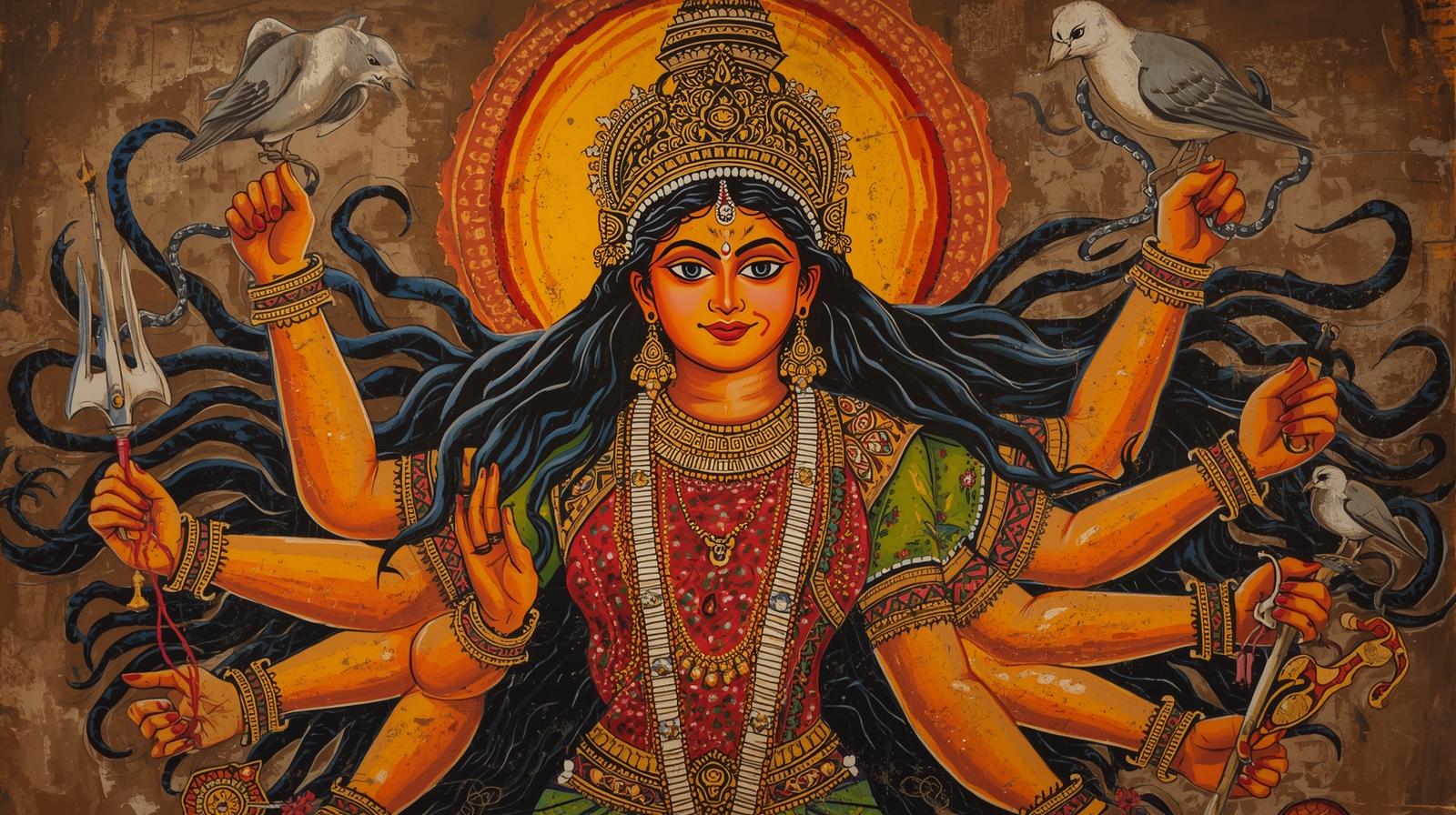
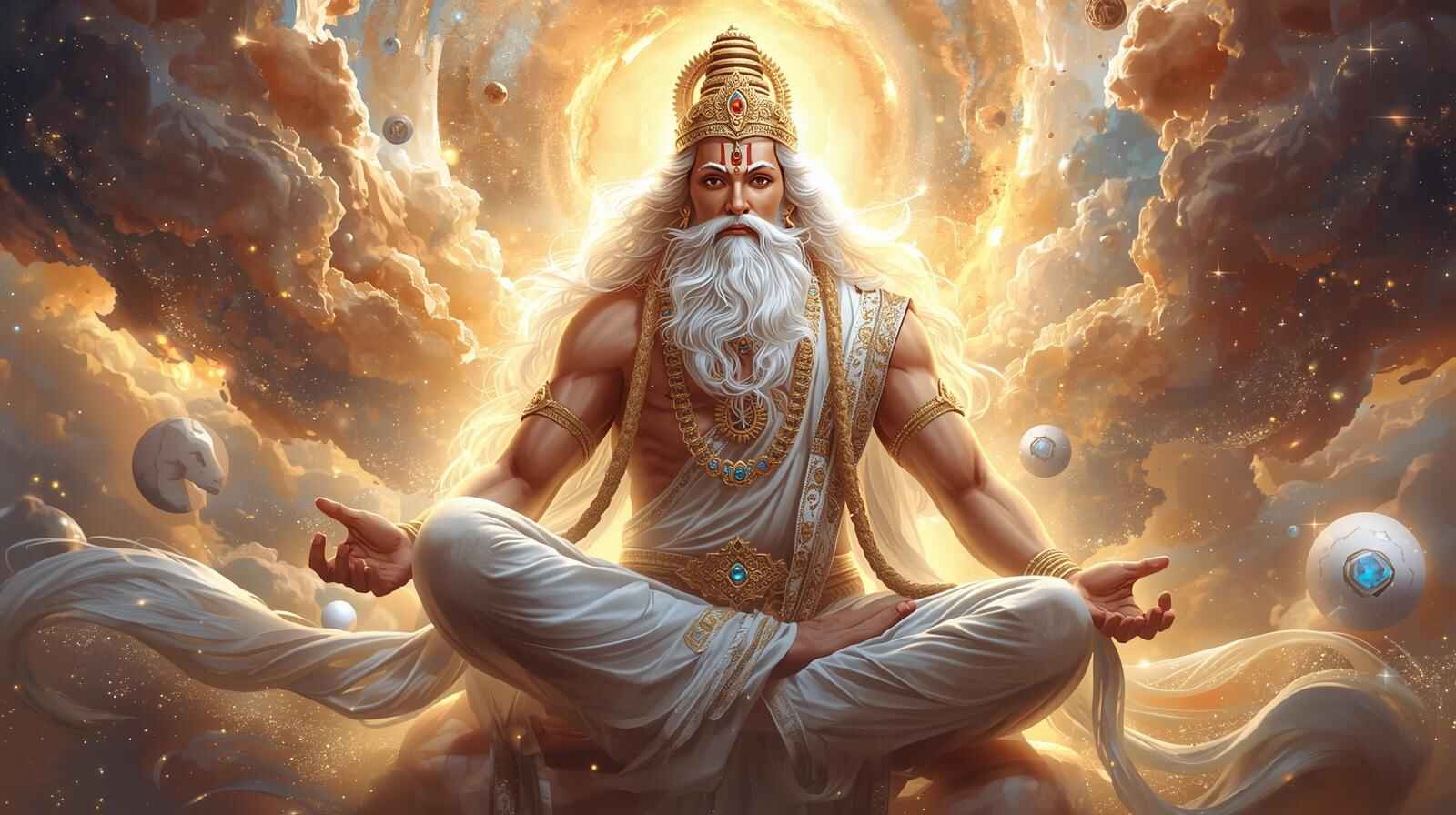
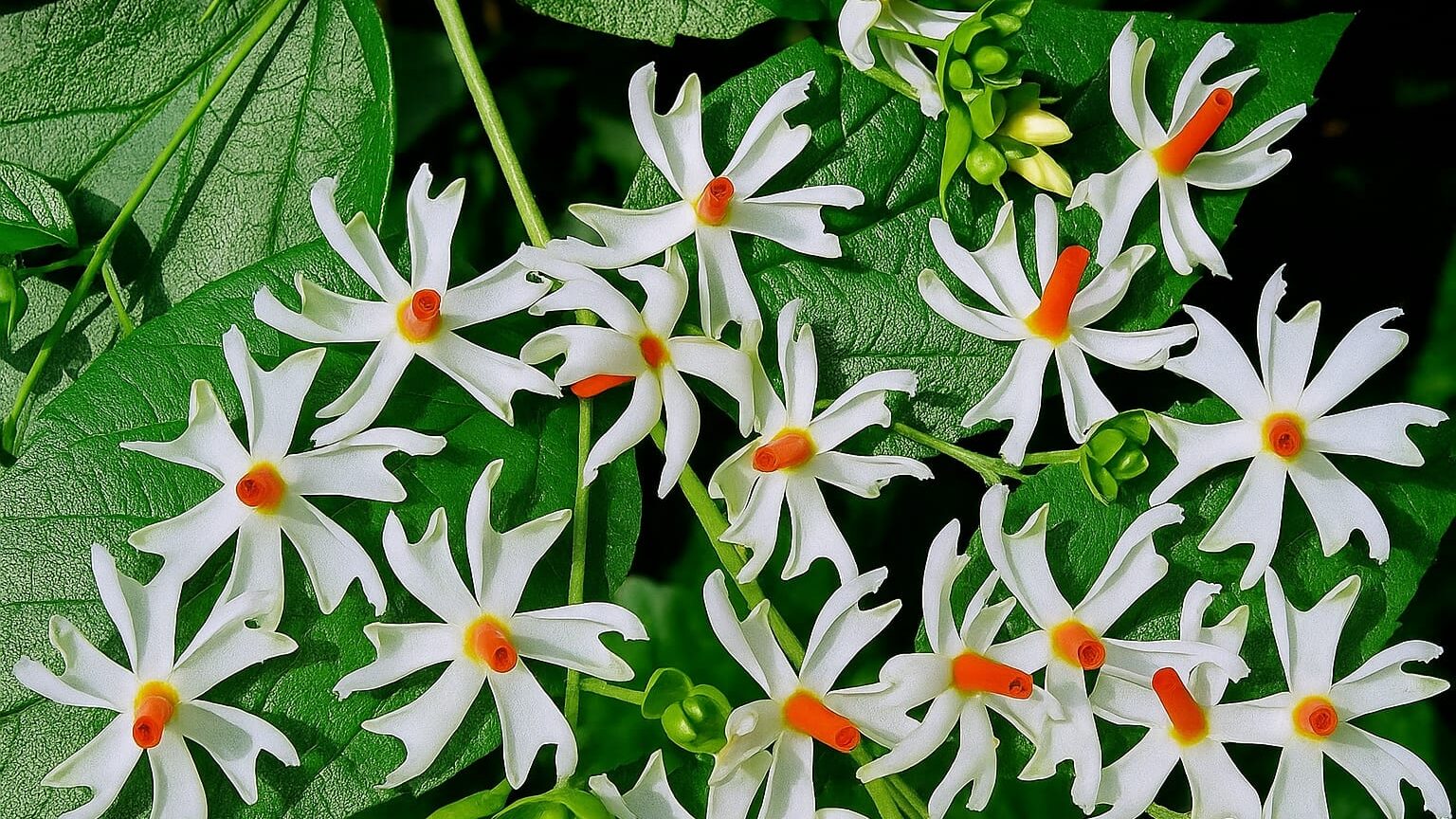
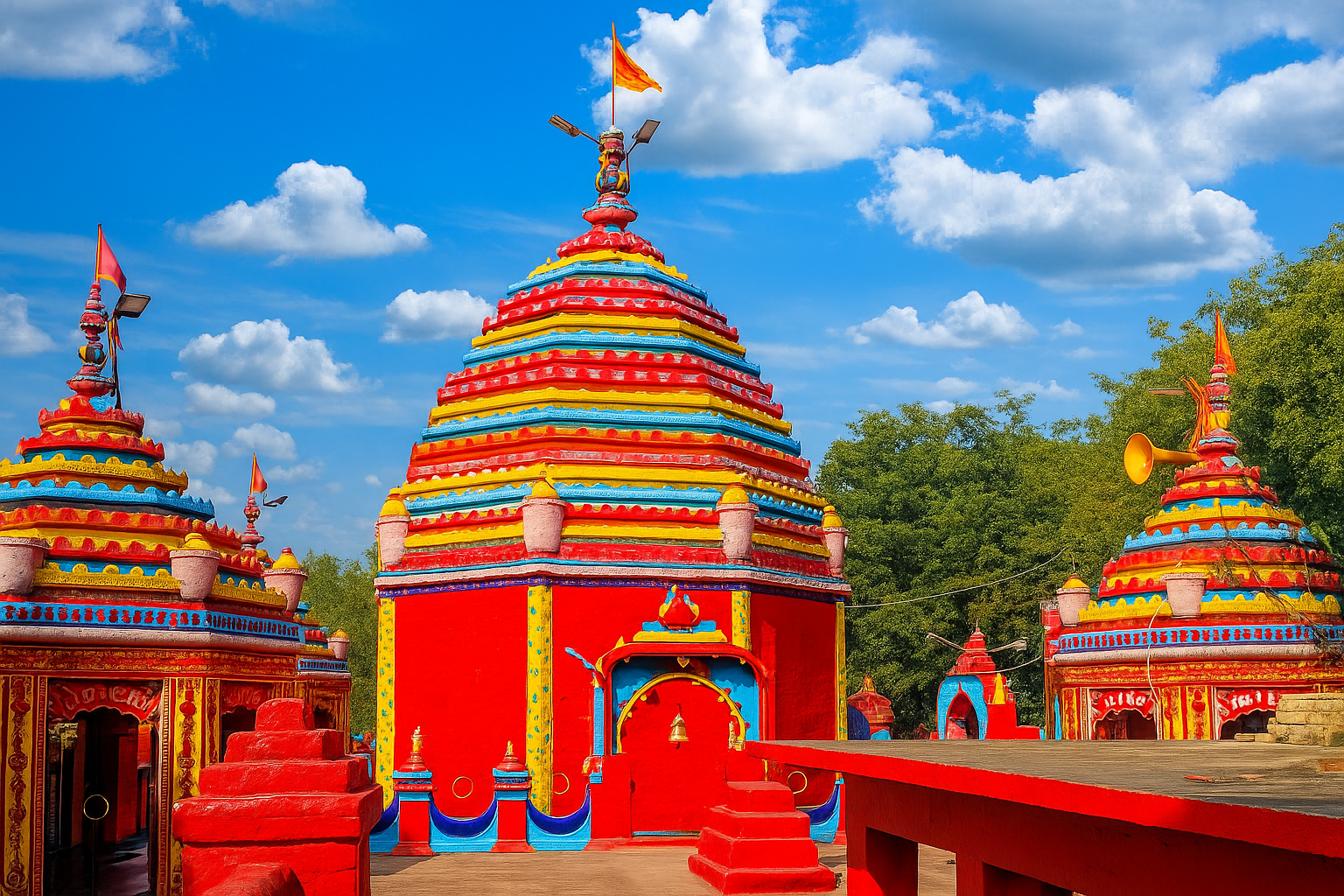
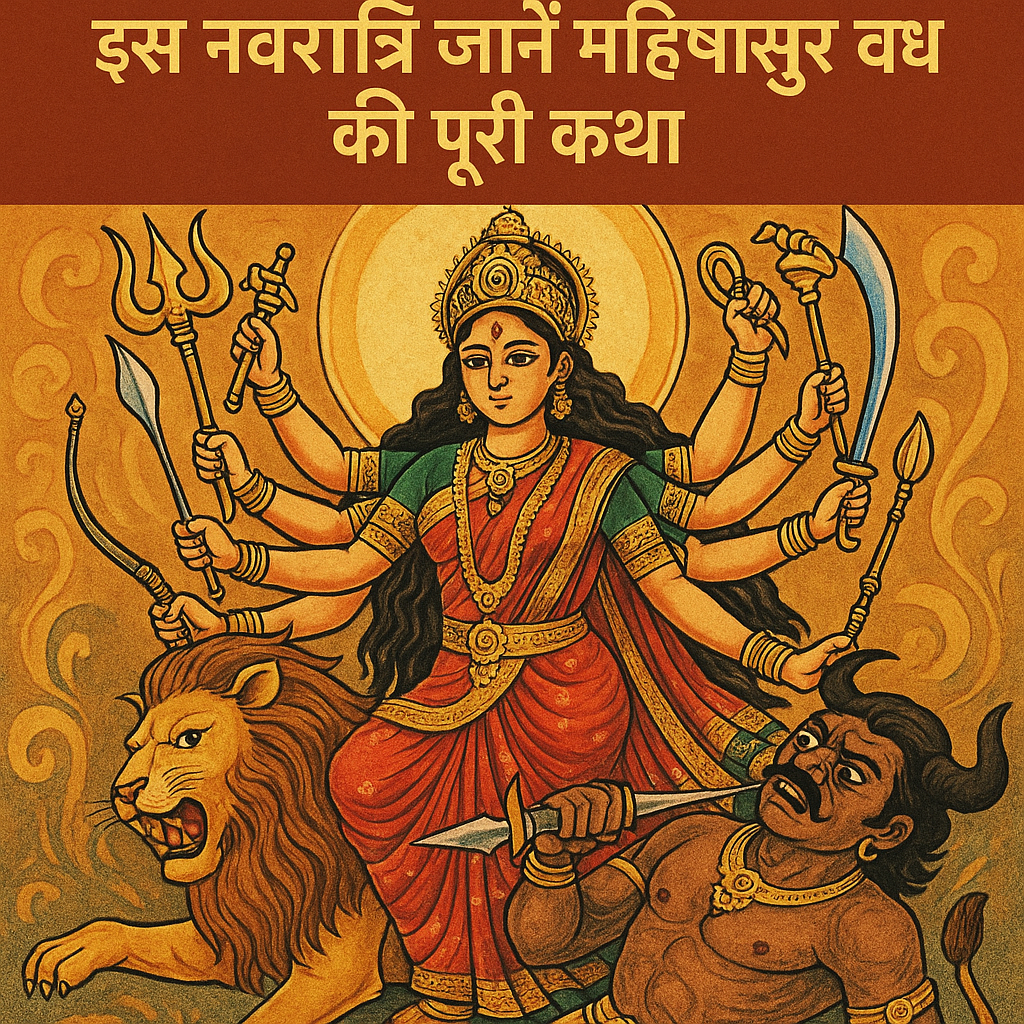
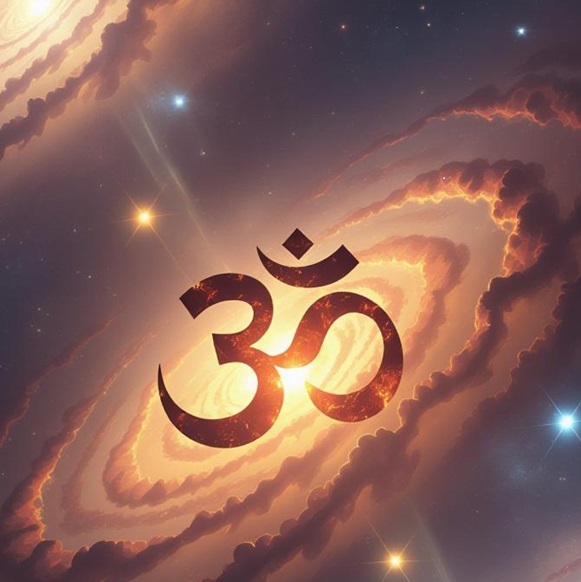
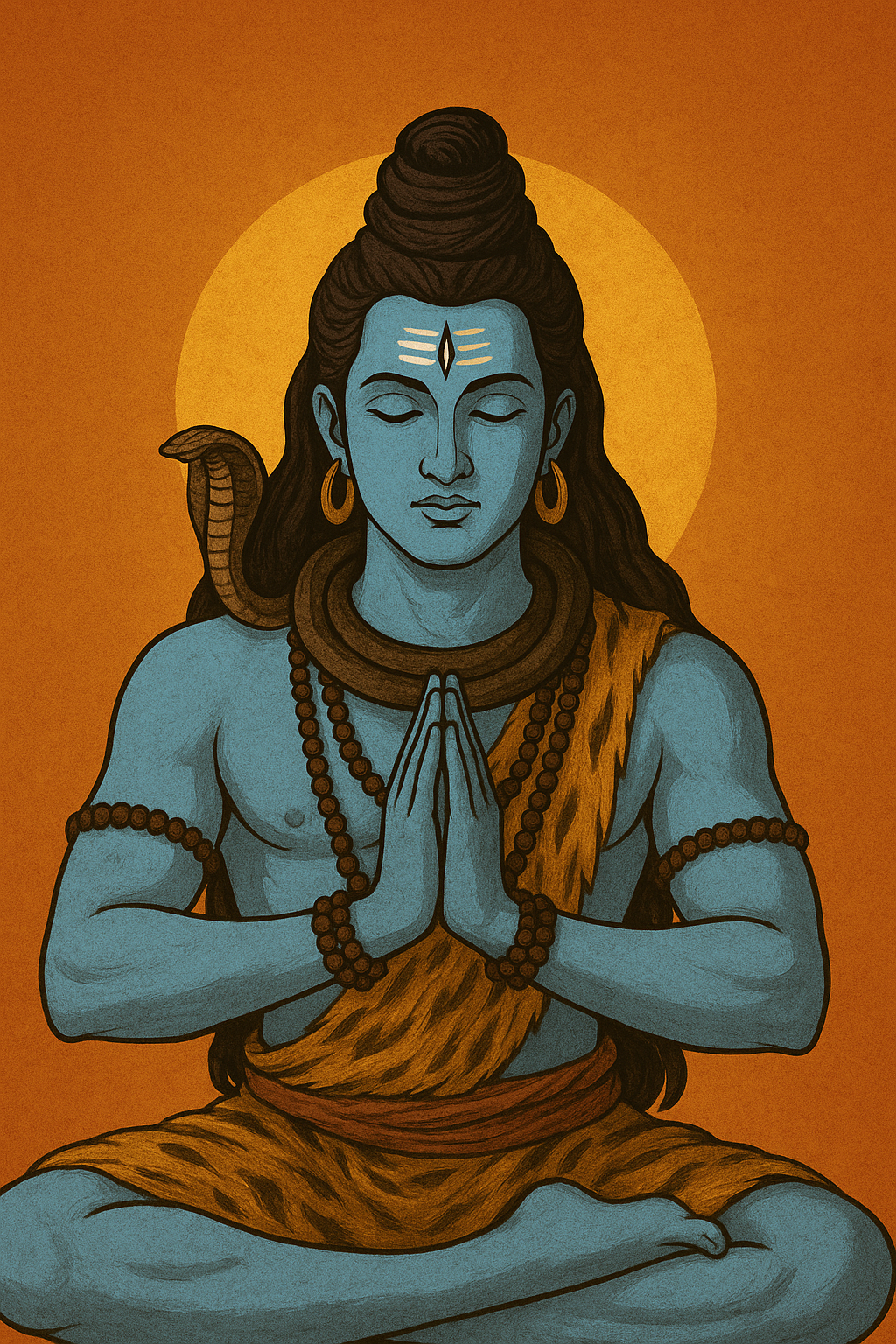
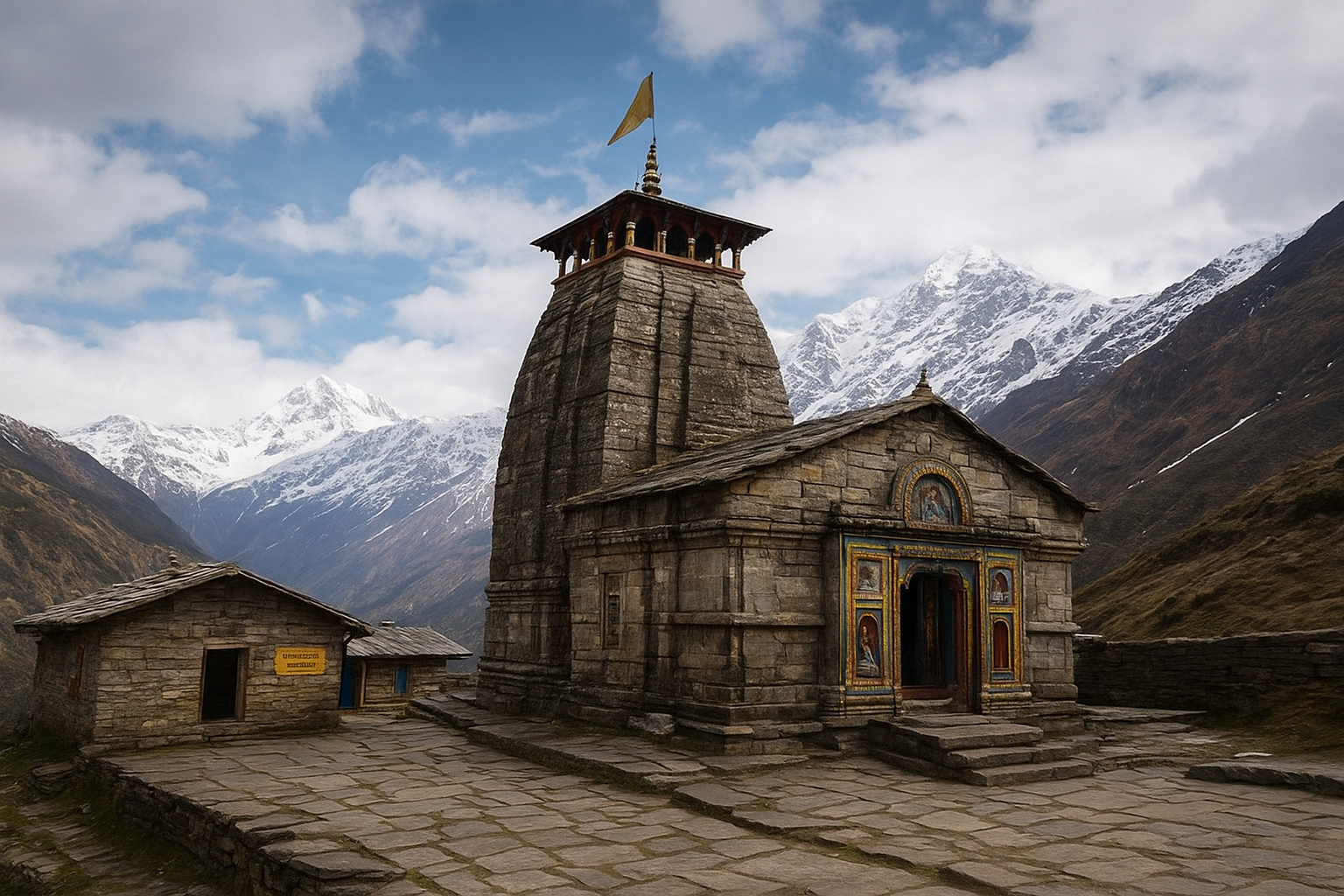
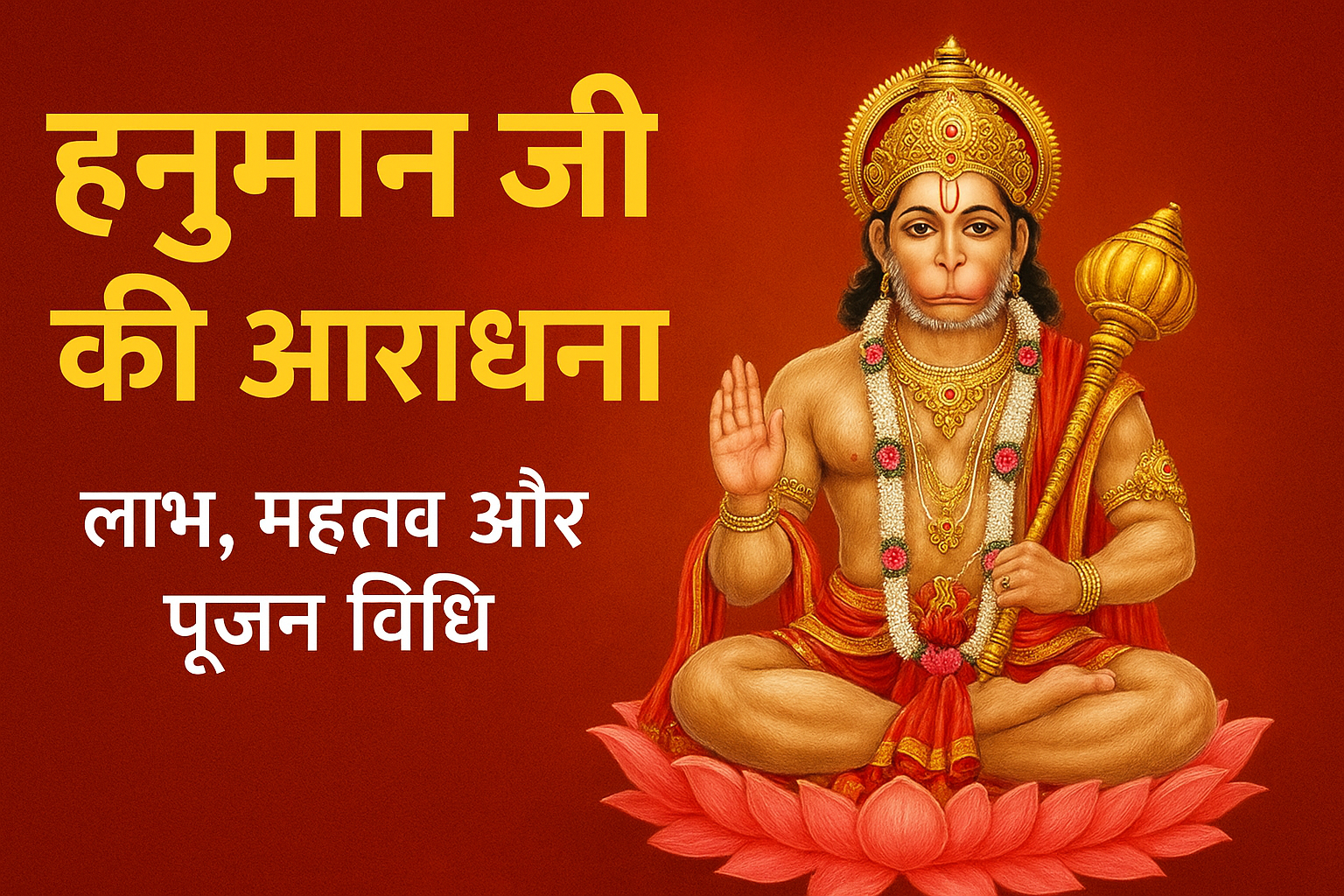

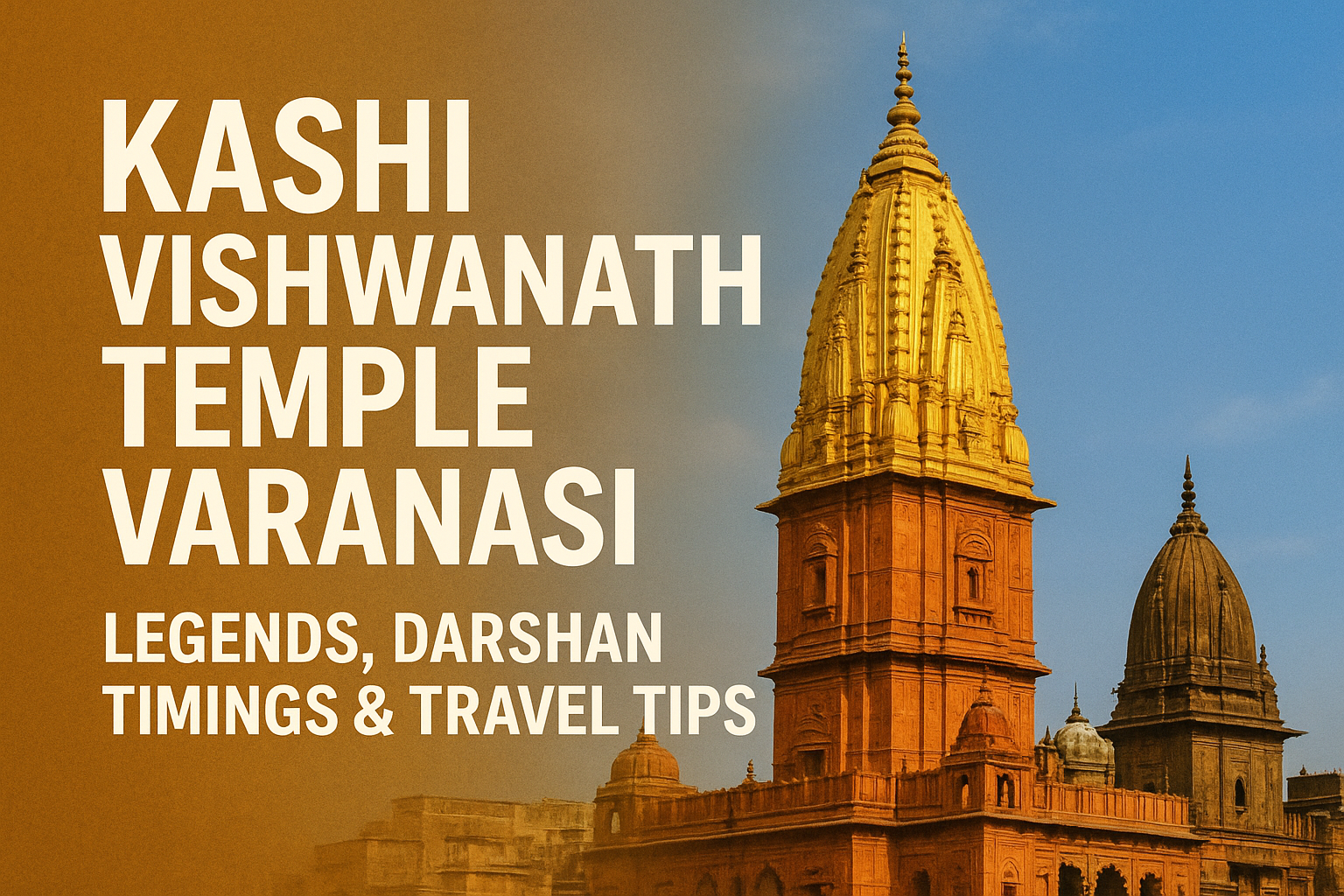
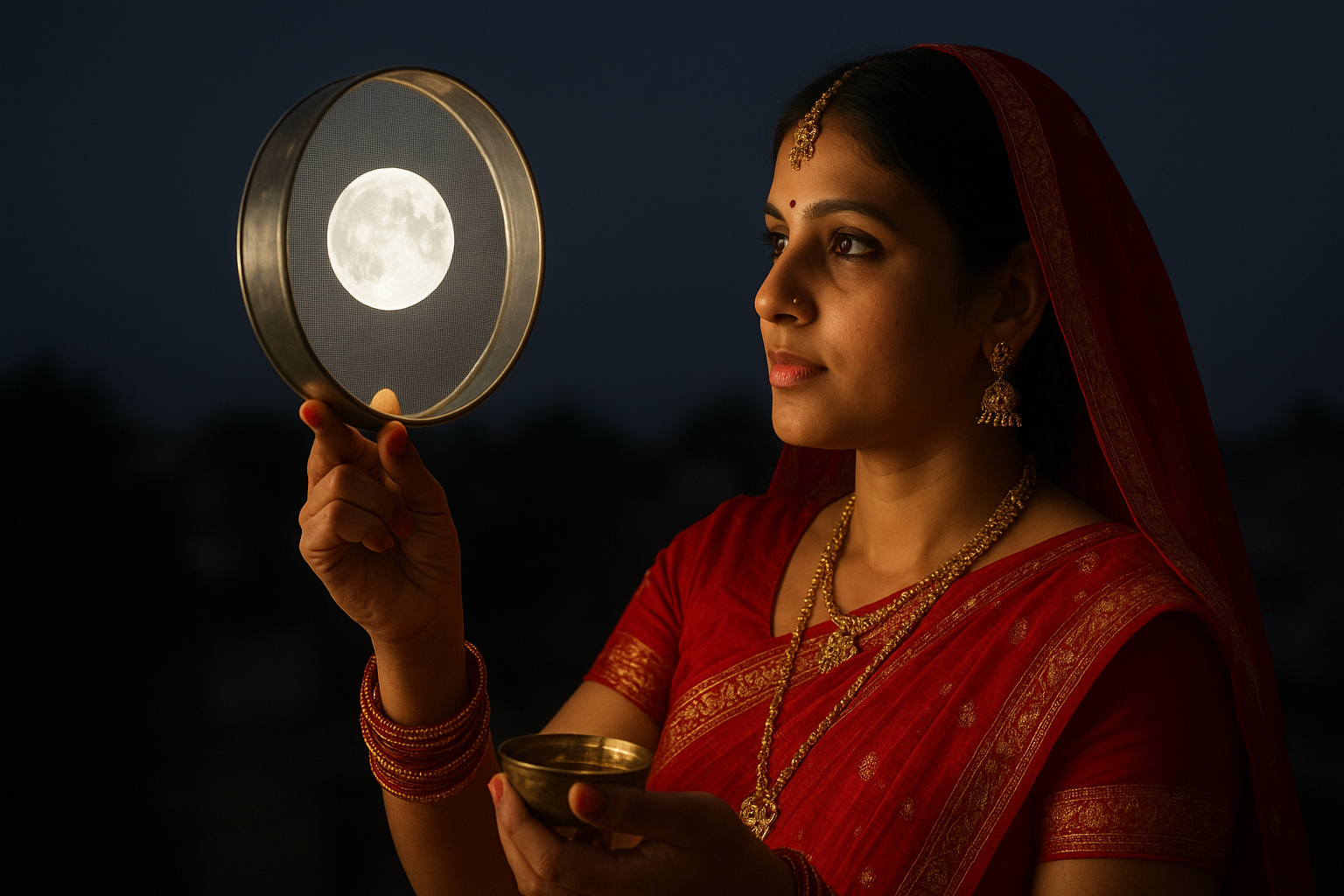

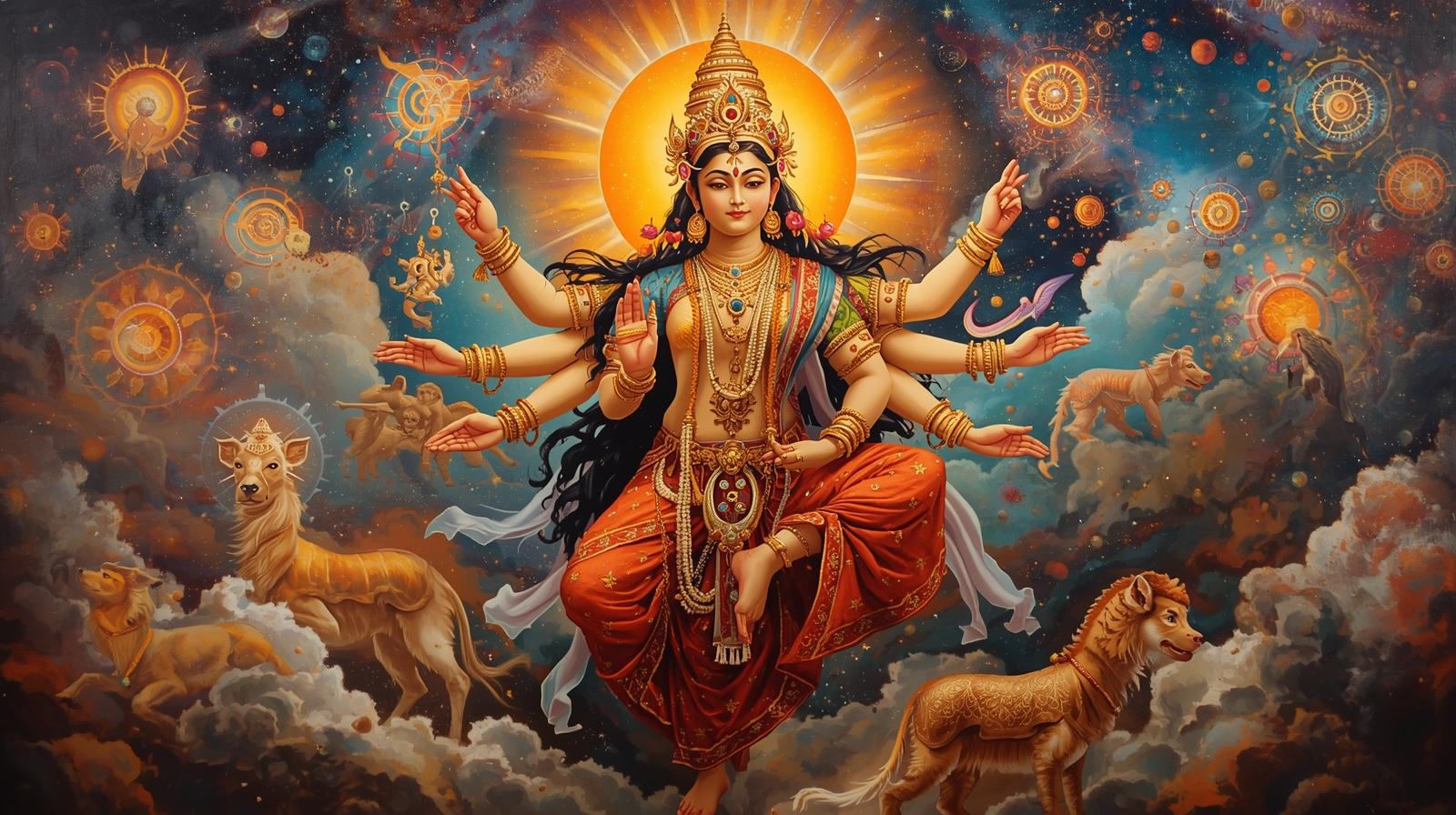
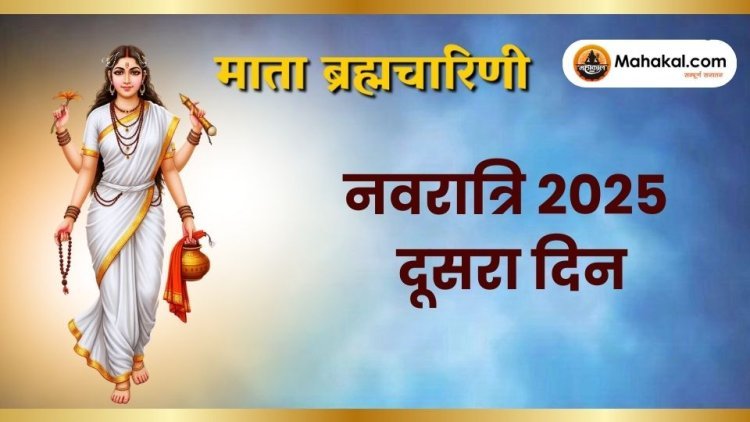
Leave a Reply